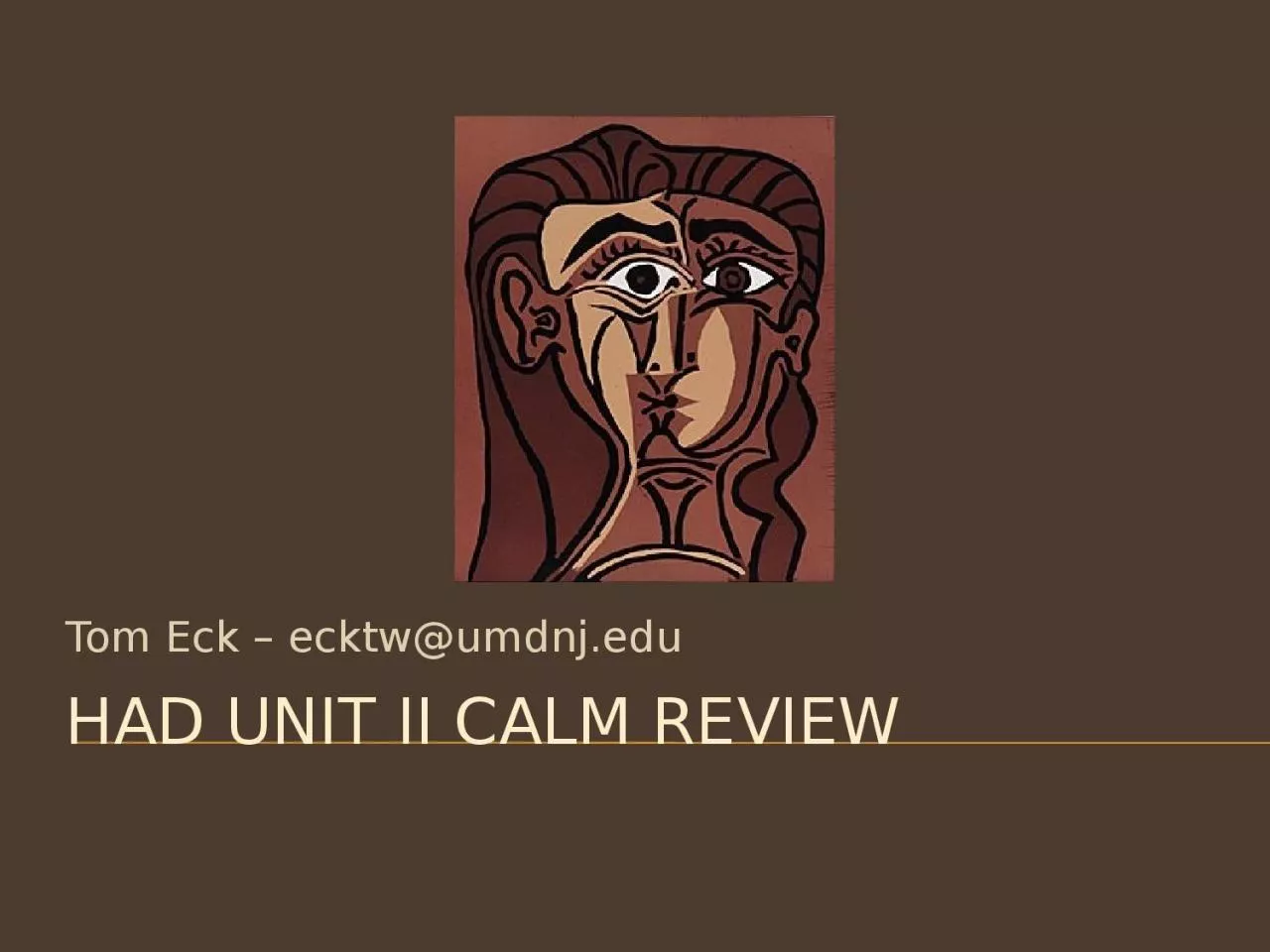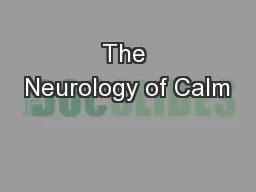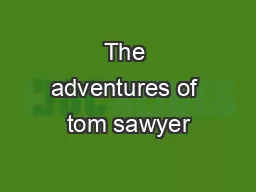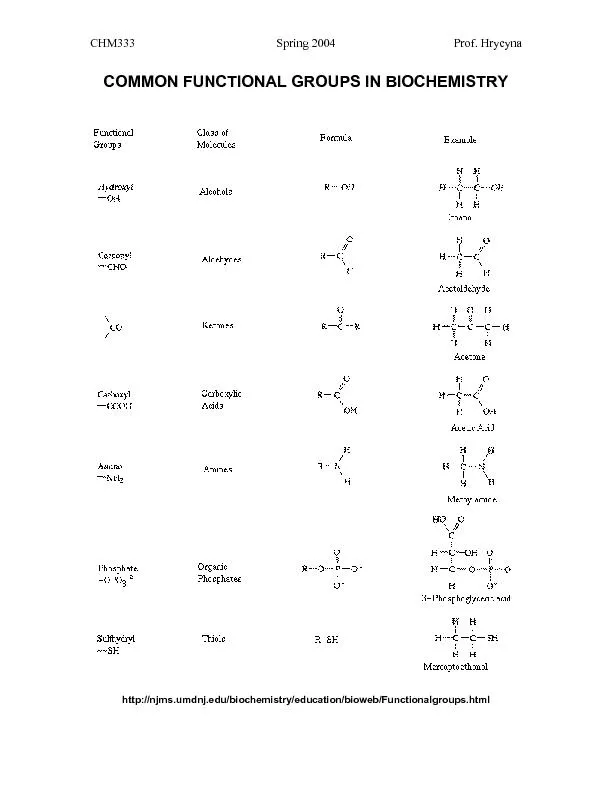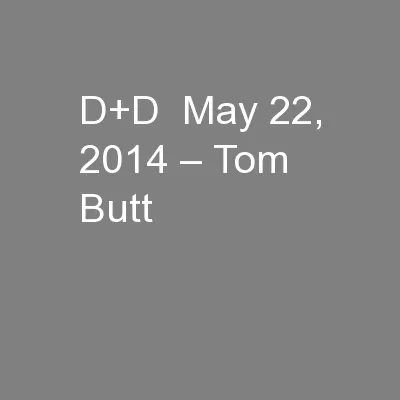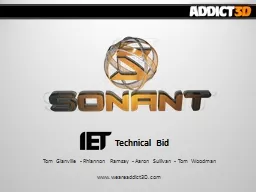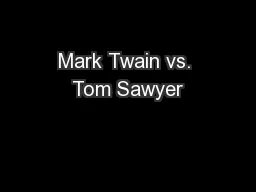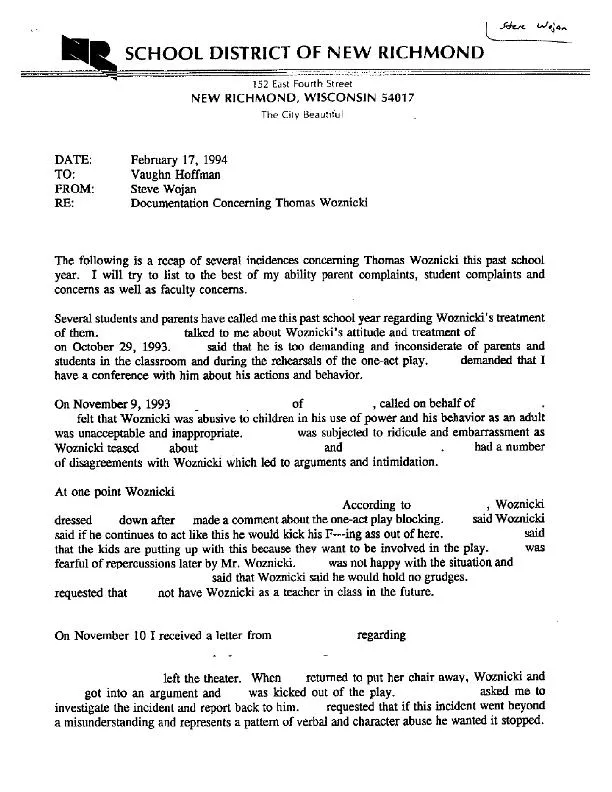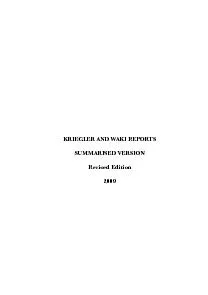PPT-HAD UNIT II CALM REVIEW Tom Eck – ecktw@umdnj.edu
Author : emery | Published Date : 2023-05-19
Major Points Cranial nerves are tested directly or indirectly on the majority of questions Know the course of each nerve especially the foramen each passes through
Presentation Embed Code
Download Presentation
Download Presentation The PPT/PDF document "HAD UNIT II CALM REVIEW Tom Eck – eckt..." is the property of its rightful owner. Permission is granted to download and print the materials on this website for personal, non-commercial use only, and to display it on your personal computer provided you do not modify the materials and that you retain all copyright notices contained in the materials. By downloading content from our website, you accept the terms of this agreement.
HAD UNIT II CALM REVIEW Tom Eck – ecktw@umdnj.edu: Transcript
Download Rules Of Document
"HAD UNIT II CALM REVIEW Tom Eck – ecktw@umdnj.edu"The content belongs to its owner. You may download and print it for personal use, without modification, and keep all copyright notices. By downloading, you agree to these terms.
Related Documents

